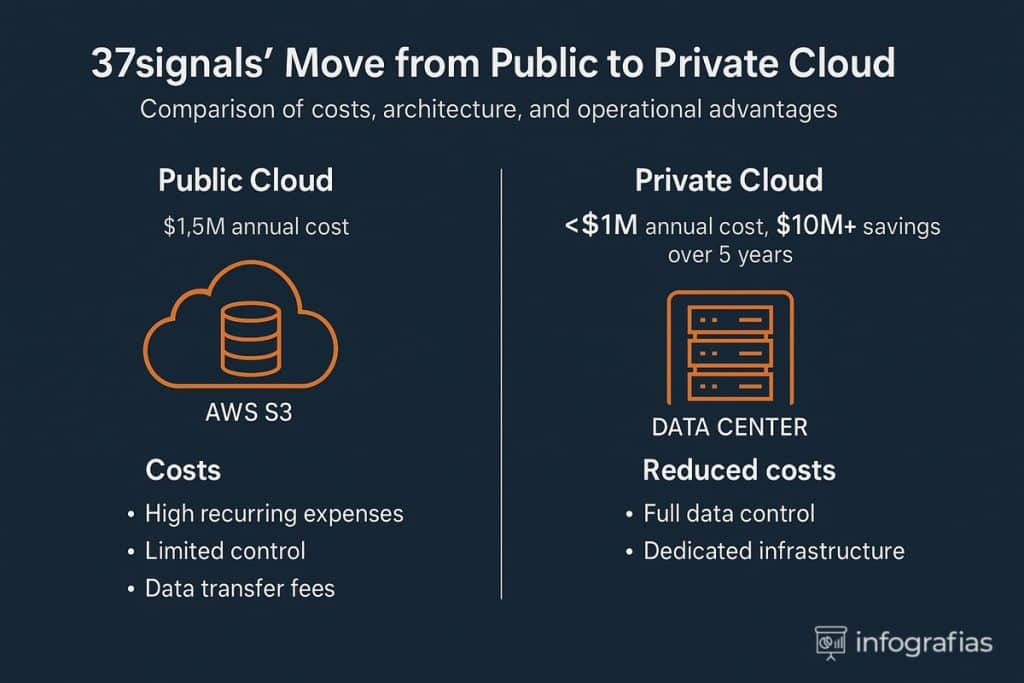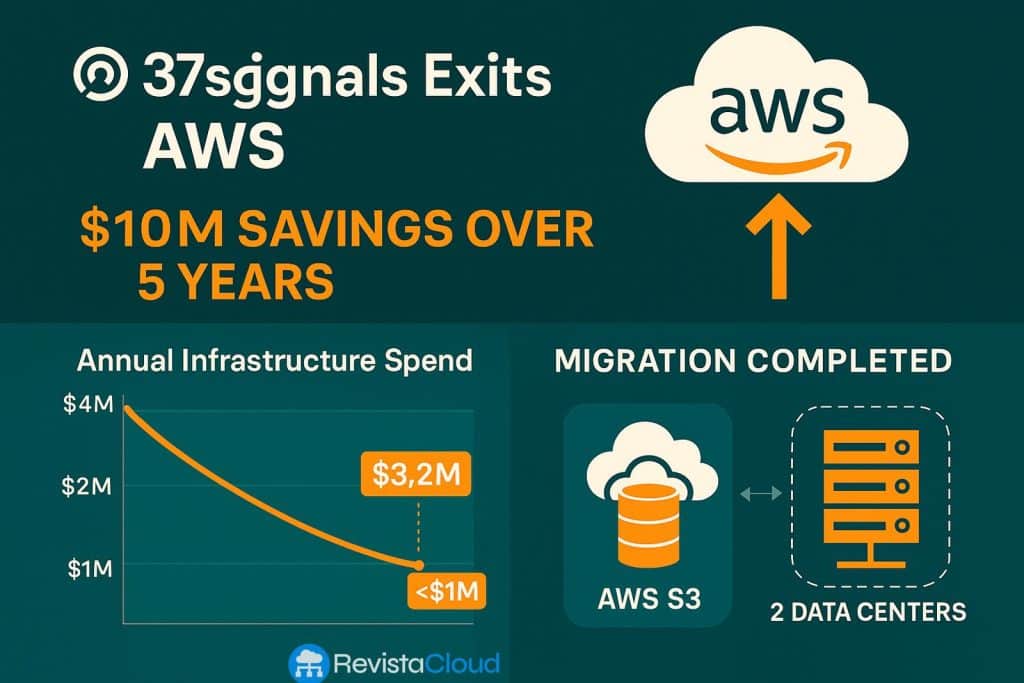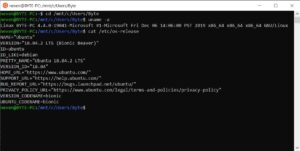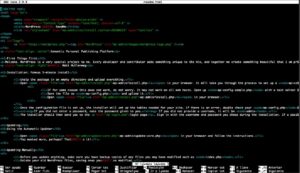The company led by David Heinemeier Hansson (DHH) completes its cloud repatriation by moving 18 PB of data to its own infrastructure. AWS covers the $250,000 egress cost.
Software company 37signals — creator of Basecamp, HEY, and other productivity tools — has officially begun migrating its data off Amazon Web Services (AWS), completing one of the most high-profile cloud repatriation efforts in recent years. According to a LinkedIn post by CTO David Heinemeier Hansson, the company is transferring all its data hosted on Amazon S3 to a new Pure Storage-based infrastructure deployed across its own data centers.
Ending Over a Decade on S3: Goodbye to $1.5M Annual Storage Bills
After over ten years using Amazon S3, 37signals plans to fully delete its AWS accounts this summer. The migration includes about 18 petabytes of data being relocated to a high-performance flash system hosted in two company-controlled data centers. The current S3 storage cost is approximately $1.5 million per year, while their in-house infrastructure will cost less than $200,000 annually once the hardware is amortized.
The company also confirmed that AWS has covered the entire data transfer out (DTO) cost — around $250,000 — in line with its public commitment following the implementation of the EU Data Act, which mandates that cloud providers must eliminate technical and financial barriers to migration.
Full Control with In-House Infrastructure
37signals’ new strategy revolves around operating its own data centers, equipped with Pure Storage systems and Dell hardware. These centers will host all company data and applications. Initial investments, such as the $700,000 spent on hardware in 2023, have already been offset thanks to the gradual reduction in cloud-related commitments.
The company estimates it will save more than $10 million over the next five years, reducing its annual infrastructure bill from $3.2 million to less than $1 million — all managed by the same technical team that previously handled the cloud.

Why Move Away from Public Cloud?
Although the decision has sparked debate, DHH remains clear: the public cloud isn’t a one-size-fits-all solution.
“The cloud can be great in some circumstances, but the industry convinced everyone it was the only viable option. We’re showing that running your own hardware is not only possible — it’s profitable.”
This sentiment resonates with a growing number of organizations reevaluating their dependence on hyperscalers like AWS, Azure, or Google Cloud. Concerns around unpredictable costs, latency, data control, and budget predictability are fueling this “cloud repatriation” trend.
Stackscale: A European Private Cloud Alternative
Cases like 37signals are shining a spotlight on hybrid and private cloud infrastructure models, where customers can gain full control without sacrificing scalability or expert support.
In this landscape, Stackscale (Grupo Aire), a European infrastructure-as-a-service (IaaS) provider, offers private cloud, bare-metal, and enterprise virtualization solutions from data centers in Spain (Madrid and Alicante) and the Netherlands (Amsterdam), with a strong emphasis on availability, performance, and regulatory compliance.
According to David Carrero, co-founder and VP of Sales at Stackscale:
“We’re seeing more companies rethink their cloud strategies. Public cloud offers agility and elasticity, but for many high-volume or predictable workloads, our private solutions deliver over 40% cost savings, better performance, and stronger data sovereignty.”
Key Stackscale differentiators include:
- Dedicated servers and bare-metal nodes without virtualization overhead
- High-capacity redundant connectivity with low latency
- GDPR-compliant privacy and data protection policies
- Predictable flat-rate pricing with no hidden fees for traffic, IOPS, or snapshots
- Human, expert, and local technical support
Conclusion: The Future of Infrastructure is Hybrid and Tailored
The 37signals case makes it clear that cloud is not a static decision. As businesses evolve, so must their infrastructure strategies. For many, the path forward involves exclusive infrastructure, geographic proximity, and reduced reliance on hyperscalers.
Private and hybrid cloud models are becoming strategic options, particularly in sectors like eCommerce, SaaS, fintech, media, and gaming. Long-term, controlling your hardware, owning your data, and enabling rapid adaptation can be a true competitive advantage.
As Carrero aptly puts it:
“This isn’t about going backwards — it’s about moving toward more efficient, sustainable, and transparent models. For many businesses, the path leads to private cloud.”
A modern architecture starts with asking the right questions. And today, one of the most important ones is: Do I really need to be on AWS to scale, or is there a better path aligned with my real-world needs?











